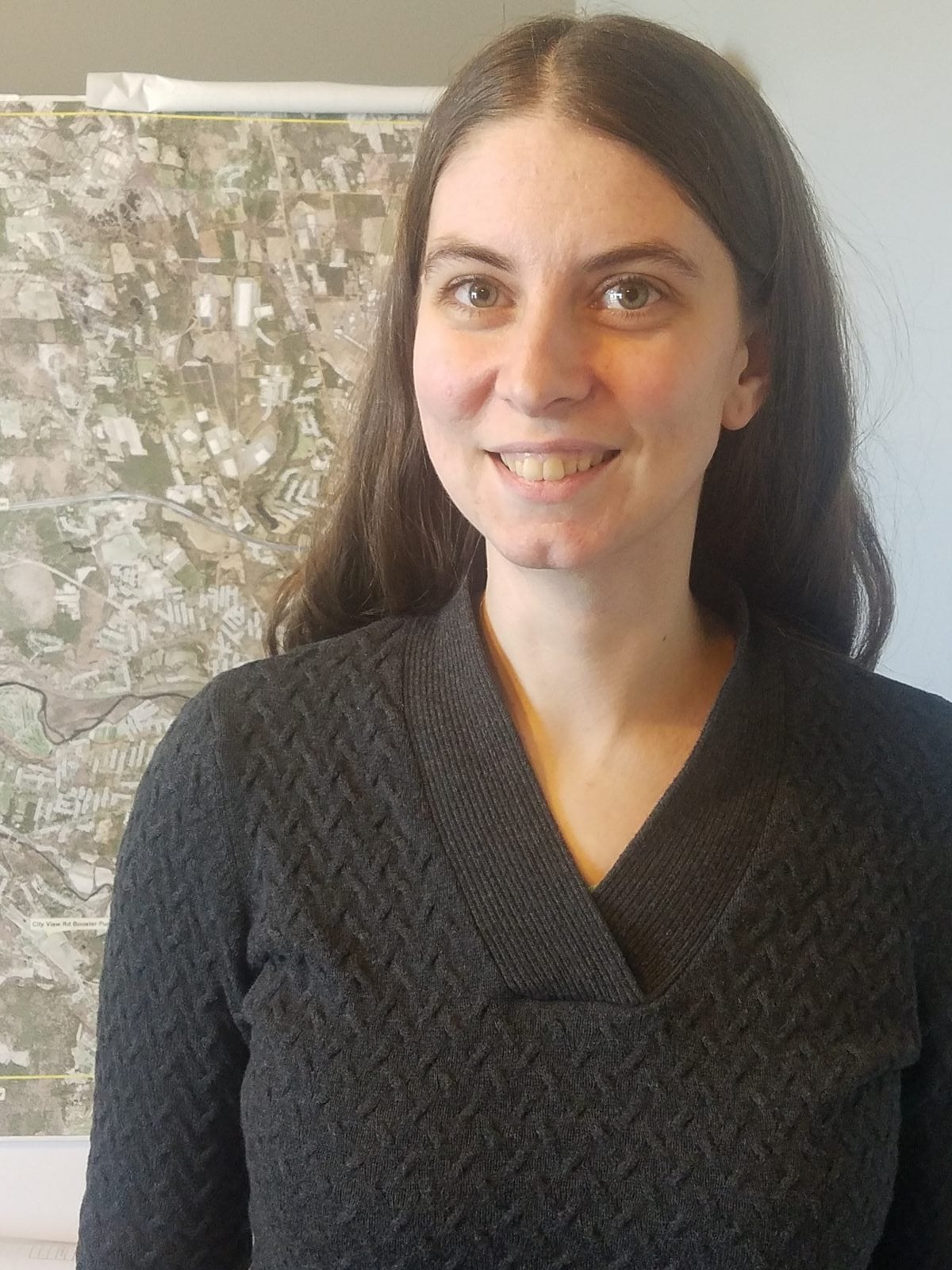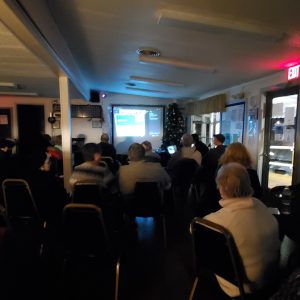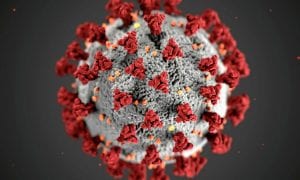
Heather Stayton, P.E., Systems Engineer with the Westfield Water Department. (WNG file photo)
WESTFIELD – Department of Public Works Systems Engineer Heather Stayton said that answers to some questions residents may have on the exposure assessments that the Centers for Disease Control (CDC) and the Agency for Toxic Substances and Disease Registry (ATSDR) will be conducting in communities near current or former military bases known to have had PFAS contamination in their drinking water, may be found on the CDC’s website at www.atsdr.cdc.gov/pfas/FAQ.html. Westfield has been selected as one of eight communities that will undergo the random testing.
According to the CDC, the primary goal of these exposure assessments is to provide information to communities about levels of PFAS in their bodies. This information will also be used to help inform future studies evaluating the impact of PFAS exposure on human health.
Stayton said according to the information on the ATSDR website under Frequently Asked Questions, participants will see the results of their tests:
“The exposure assessments will provide information to participants about their individual exposures. The results of these exposure assessments will help individual participants and their communities better understand their exposure to PFAS and provide information that the communities can use to reduce PFAS exposure.”
Stayton said that in the “What happens if I am asked to participate?” section it talks about the individual results being kept confidential:
“All information provided by participants will be kept confidential and not shared without express permission. Presentations and reports intended for public use will only contain community-level information; in other words, data from individual participants will be closely safeguarded and not made public.”
Stayton also pointed out that in the “What can I learn from the results?” section it states again very plainly that while individual results will only be shared with those individuals, the community findings will be shared with the public:
“Participants will be sent a letter with their own test results, along with a comparison to PFAS levels in the general U.S. population. CDC/ATSDR will also share the combined findings from each community through information sessions, where community members will be given an opportunity to ask questions.”
Under the question, should I expect that my blood sample will contain PFAS?: “Most people in the United States have PFAS in their blood. People can be exposed to PFAS through air, water, or soil containing PFAS from fire-fighting foam and industrial sources. They can also be exposed through PFAS-containing consumer products and food that has come in contact with PFAS-containing packaging or cookware. Residents in areas with PFAS in their drinking water may have blood levels of PFAS that are higher than the U.S. average.”
The information goes on to state that people who are chosen to participate will receive a letter in the mail, explaining the CDC/ATSDR assessment and registration process. Participants will be chosen at random, and may not volunteer for the assessment.
The assessments are expected to begin in 2019 and continue through 2020 and are laying the groundwork for CDC/ATSDR’s future multi-site health study that will look at the relationship between PFAS exposure and health outcomes, according to the CDC in their announcement last week.
Westfield Mayor Brian P. Sullivan met with members of Sen. Elizabeth Warren’s team at his office on Tuesday to discuss the plan and how to get more details on its implementation. He said State Rep. John Velis and State Senator Don Humason were involved in the meeting, and will also join the Mayor on a conference call with Sen. Ed Markey’s team and the CDC today (March 1).








